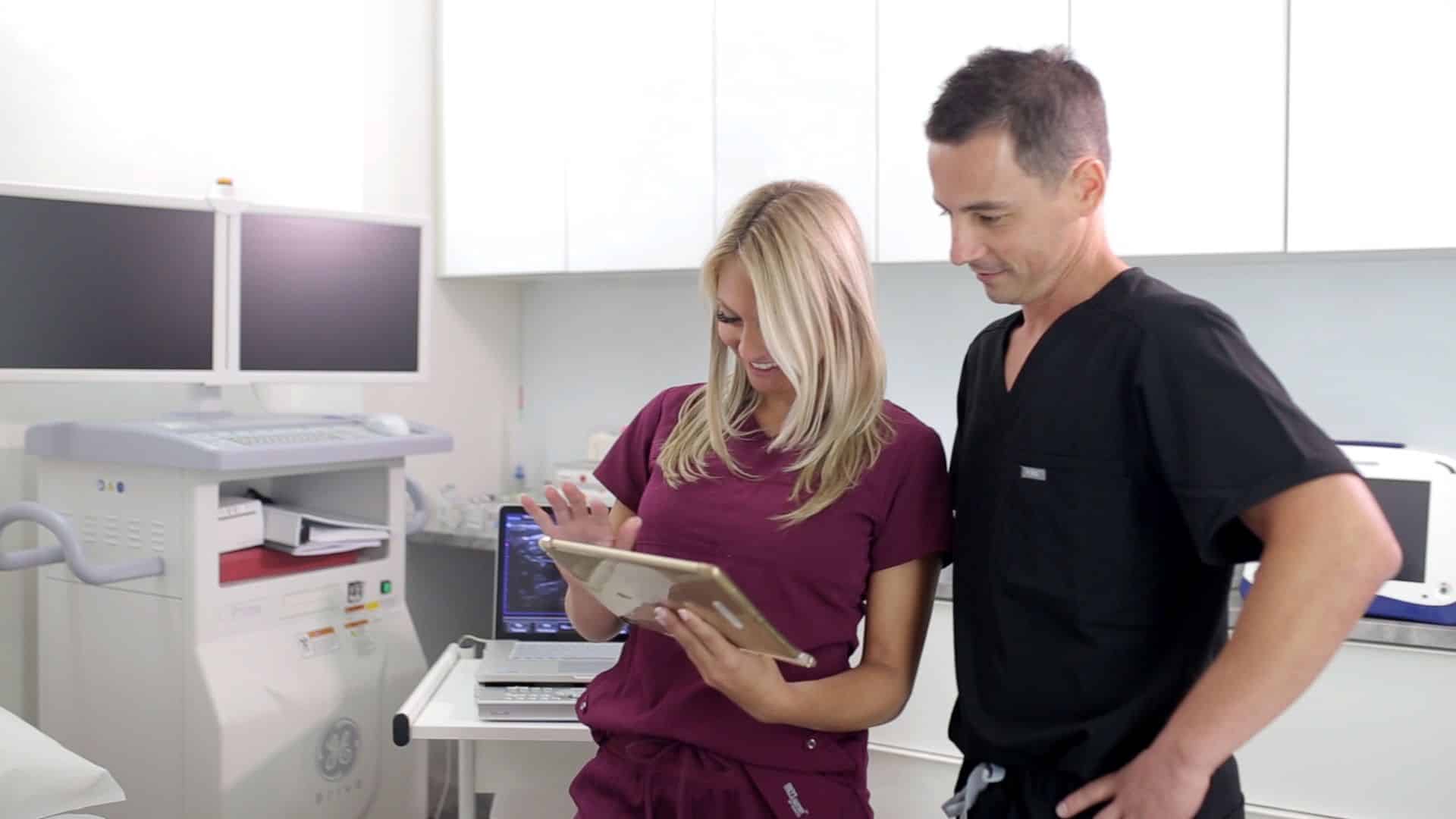Working at a desk every day? Sciatica doc near me in NJ gives X tips on how to care for your back
November 27, 2021
Us, humans can do a lot of incredible things, but we were not built to spend prolonged amounts of time in a sitting position. Our bodies are designed to walk, run, and stand, yet many of today’s occupations, whether at work or at home, require us to sit for many hours each day. This causes a lot of extra strain on the spine, which is why it’s critical to make sure your desk is ergonomically designed to support your back.
Many companies nowadays are aware of this and offer staff appropriate desks, seats, and technology to minimize back pain, but if you work from home, you must take care of this yourself.
When you sit for long periods of time, poor posture can cause acute back pain, as well as put you at risk for developing a variety of back disorders such as chronic pain, sciatica, shoulder discomfort, and herniated discs.
If you start to experience discomfort when sitting at your desk, whether you work from home or in an office, it’s an indication that you need to improve your posture, and most likely your workstation as well. If this does not make the symptoms improve, it may be time to seek help for proper pain management.
If you were searching for a sciatica doc near me in NJ, you’ve come to the right place! Dr. Laura Lombardi, a board-certified sciatica doc is here to provide some expert advice to help you avoid back problems that may arise from sitting for long periods of time.

Tip #1: Make sure your workstation is properly set
If you work in an office, you are most likely provided with a desk and a chair – hopefully, a proper one to avoid back and nerve pain. Because the majority of these desks are designed at the same height, they may be too high or too low for some people. The optimal desk height is 28.5 inches, although due to the fact that some people are taller than others, the appropriate height is thought to be anywhere between 25 and 30 inches.
A taller chair and some additional support beneath your feet, so that they stay flat on the ground, can be of great help if the desk is too tall for you. To reduce pressure on the spine, position your chair such that it provides both lumbar and shoulder support. Poor lumbar support can easily lead to sciatica pain – discomfort that radiates towards the lower back and legs, usually caused by a pinched nerve in the lumbar region.
Tip #2: Educate yourself on proper ergonomics
Ergonomics may not seem like an interesting subject, but it is a discipline for which we should be grateful, as it analyzes how individuals interact with their work environment. Many individuals feel their workplace furniture is the source of their back issues, but the underlying issue is that they aren’t utilizing it properly and aren’t considering ergonomics. Poor ergonomics can lead to herniated discs, which trigger common symptoms of sciatica, such as pain that spreads from the lower back to the legs, as well as shooting sensations down the thighs.
Laptops are one of the worst enemies of the upper spine because they force you to sit in an awkward position to type and maintain your eyes on the screen at the same time, with your shoulders constantly slouched and your neck brought forward. If you work on a laptop, try connecting an external display that can be adjusted to the right height. When working at a computer, your elbows should be at a 90-degree angle and the distance between the display and your eyes should be roughly 18 inches. This way, your back will be upright and strengthened, and your posture will be improved as a result.
Tip #3: Switch between sitting and standing
Even now, with all the technology we have access to, doctors are still debating whether working sitting or standing is healthier for your back, with advantages and downsides to each. According to certain studies, standing workstations are preferable to sitting desks, while other research shows that sitting, when done in the appropriate position, is significantly more beneficial.
Most physicians can agree on one fact, though. Being able to transition from sitting to standing while working is good for musculoskeletal health. As a result, many office workers are increasingly asking for flexible workstations that allow them to switch between sitting and standing as needed. If you don’t want to spend the money on an adjustable workstation, consider using lifters on your current desk when sitting becomes a discomfort. Another option is to lift your display, allowing you to work and stand at the same time, although if the desk is too low, it may still be painful for your upper back.
Whether you prefer to work while standing or sitting, you should constantly keep an eye on your posture. To maintain the natural curve of the spine, your ears, shoulders, and hips should all be parallel. Set a reminder to improve your posture every now and then if you’re worried about slouching during the day.
Tip #4: Some light exercises may also help
At some point or another, we all found ourselves glued to our desk for several hours at a time, and this is not good for the back. If you work from home, you may be tempted to go from sitting at your desk to sitting on the sofa, which is equally bad for your back.
Regular exercise, which has a variety of health advantages besides keeping your back healthy, can help lessen pain and discomfort. Exercising keeps your heart healthy, develops your muscles so they can support your spine better, prevents overuse injuries, and increases lung capacity.
If your back pain is becoming more severe and making it difficult for you to sit for long periods of time, it’s time to see a sciatica doc near you in NJ. Sciatica pain is often the cause of the discomfort, but the good news is, minimally invasive procedures, such as steroid injections, have proven very effective in treating it. The sciatica doctors at our clinic use the latest technology to provide modern sciatica treatment meant to help patients get back to their pain-free life as fast as possible. So book an appointment at one of our New Jersey clinics, in Paramus on Route 17, near the Paramus Park Mall, in Clifton, NJ, on Route 46 E, past the Ford dealership, in West Orange, near the Essex Country Club, and in Woodland Park clinic, on McBride Avenue, right next to Woodland Park Dialysis Center and let us help you live a pain-free life!
Book a Consultation
Scheduling a consultation with one of our pain treatment specialists is one of the best ways to determine the proper solution for pain relief.
Meet Our Team of Back Pain Specialists
All of our Pain Doctors in New Jersey are Harvard Trained and Board Certified in Pain Management

Back Pain Doctor Clifton & West Orange NJ
Dr. George Hanna
Dr. Hanna is a Harvard Trained back specialist in New Jersey and New York. He serves as Medical Director of Pain Management.

Back Pain Doctor Clifton & West Orange NJ
Dr. Laura Lombardi
Dr. Lombardi is a Harvard Trained back pain treatment doctor, currently seeing patients in Clifton and West Orange, New Jersey.

Back Pain Doctor Clifton & West Orange NJ
Dr. Shane Volney
Dr. Volney is a Harvard Trained back treatment doctor seeing patients in the NJ areas of Clifton & West Orange, and in NYC.

Back Pain Doctor Clifton & West Orange NJ
Dr. Michael Nguyen
Dr. Nguyen is Harvard Trained and Board Certified in Pain Management. His pain center accepts major medical insurances and Medicare.

Dr. George Hanna

Dr. Laura Lombardi
Dr. Lombardi is a Harvard Trained back pain treatment doctor, currently seeing patients in Clifton and West Orange, and Paramus New Jersey.

Dr. Shane Volney
Dr. Volney is a Harvard Trained back treatment doctor seeing patients in the NJ areas of Clifton & West Orange, and in NYC.

Dr. Michael Nguyen
Dr. Nguyen is Harvard Trained and Board Certified in Pain Management. His pain center accepts major medical insurances and Medicare.
